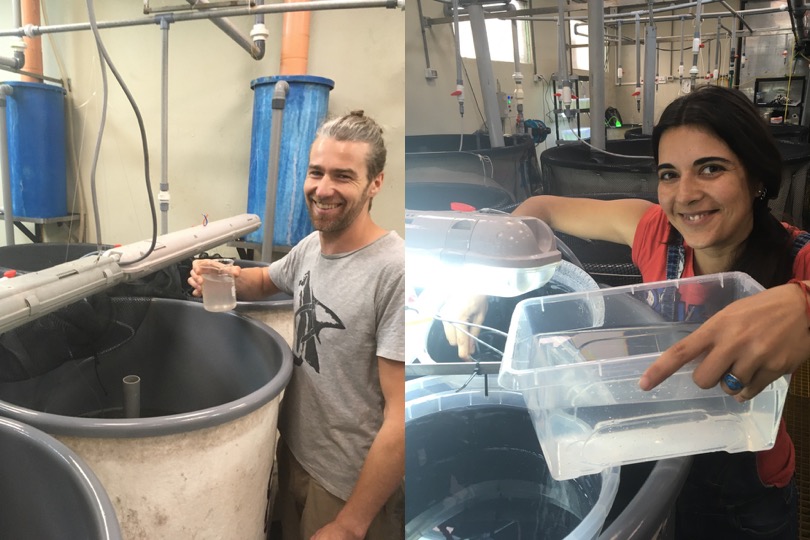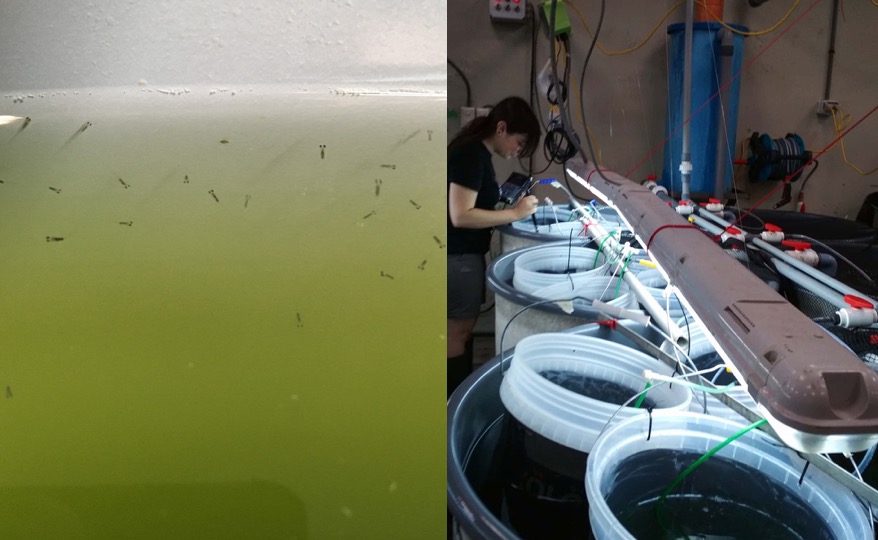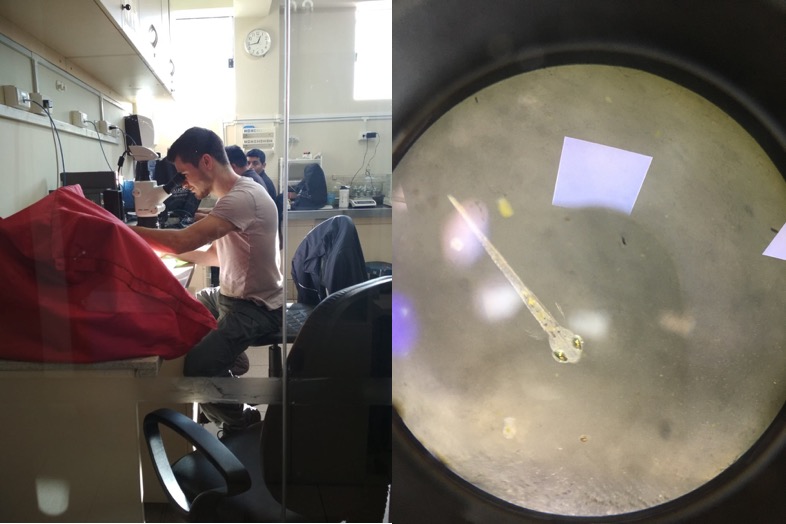First of all, you need to know which one that is: it’s the Peruvian Anchovy and it´s caught in such enormous quantities that it´s the biggest single-species fishery in the world. But it’s not used by humans directly, the hand-long fishes are ground to fishmeal and fish oil and are then shipped all over the world to feed farm animals (everybody knows that pigs naturally eat Anchovy). The huge abundance of anchovy, though variable over time, is mainly dependent on the natural upwelling of nutrient rich deep water along the Peruvian coast. In the sunlit surface layers the nutrients are taken up by phytoplankton for growth, which are grazed upon by the zooplankton like copepods, which are themselves preyed upon by small pelagic fish, like the Anchovy.

In the future, however, the intensity of the upwelling may change and affect the base of this food web which in turn can cascade through the food web and have an impact on the population of Anchovy. Any changes in the huge Anchovy abundances and depending on this the catches, will not only affect the ecology of the Humboldt Current Upwelling System and thus Peruvian economy but food production worldwide.

In our mesocosm study we want to assess the future effect of different upwelling intensities on the pelagic community, in which we will also include young fish. The best case would be to introduce anchovy, but unfortunately this isn’t as easy. It is already an enormous effort to get adult anchovy into a “spawning mood” in the lab, but our Peruvian colleagues from the IMARPE managed. Unfortunately, in the lab the adult fish spawn only ~1000 eggs per day, with a huge batch of ~5000 eggs approximately every 4 days. From these around one-half hatch as tiny, fragile larvae less than half a centimeter and only a few (~50-100) survive the first weeks after hatch. If you would like to transport these still tiny larvae of 15 – 20 millimeters with a boat to the nine mesocosms and introduce ~10 larvae in each of them, chances are high that one to none survive until the end of the mesocosm experiment.

Thus, we needed a fish species which is relatively easy to rear in the lab and sturdy enough for life in the mesocosms, and we hope to have found it in the Chita, which looks and behaves a bit like a seabream. The larvae hatch with almost two millimeters, but grow so fast that after four weeks have a size of ~15 millimeters and are robust enough for transport. Still, we will do some comparative measurements in the lab, such as feeding experiments, to estimate anchovy performance under changing upwelling from Chita performance in the mesocosms.
How all of these activities are going, you will hear in the next fish-post.
Your fish team: Claudia, Pilar, Silvan, Nico & Micha S.